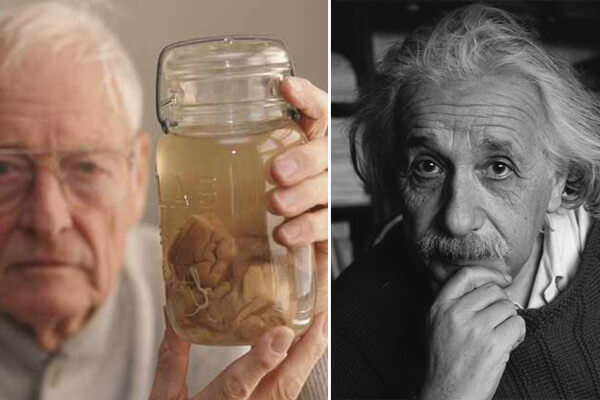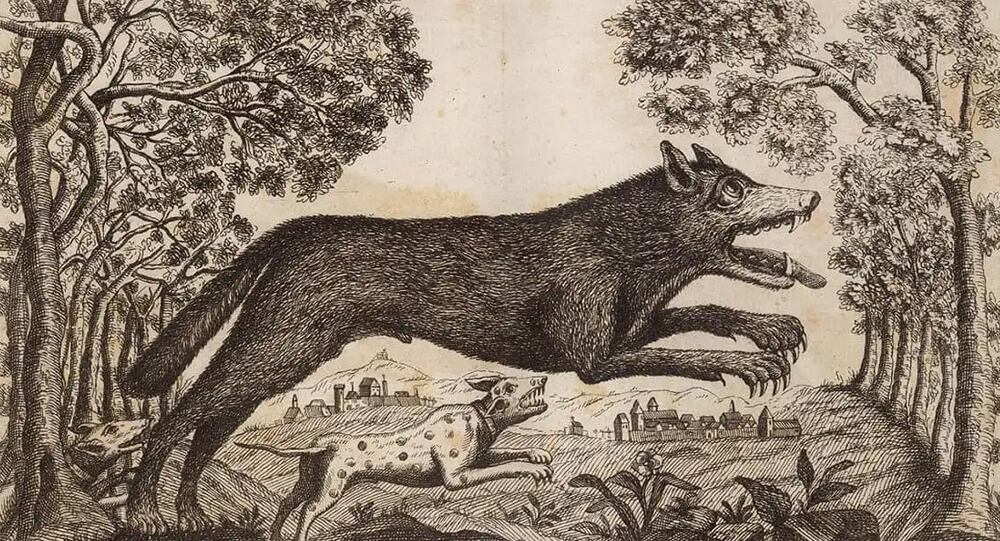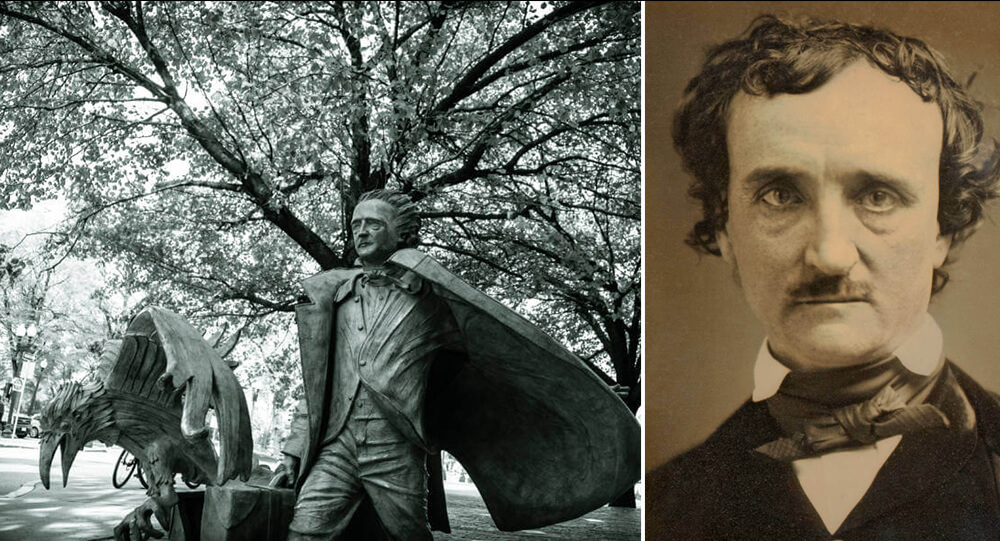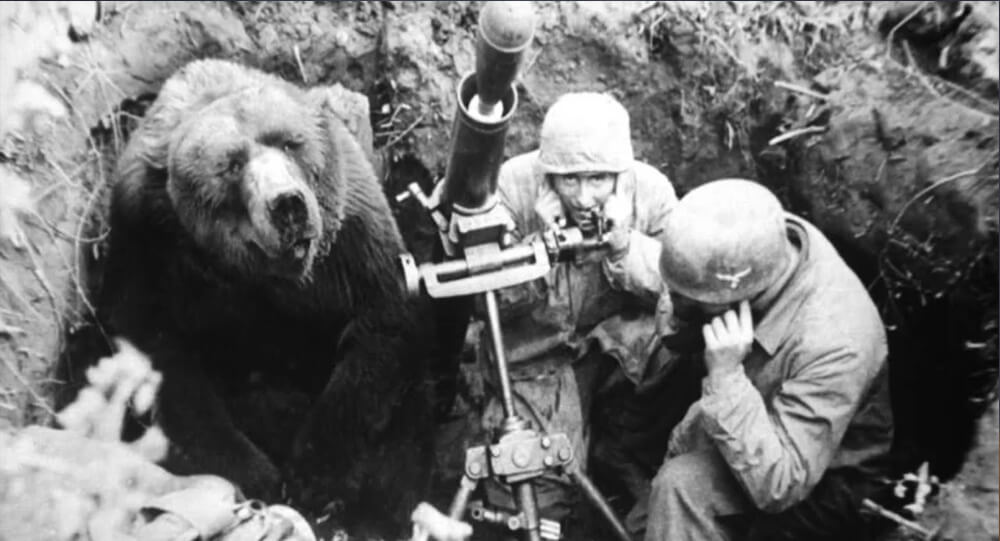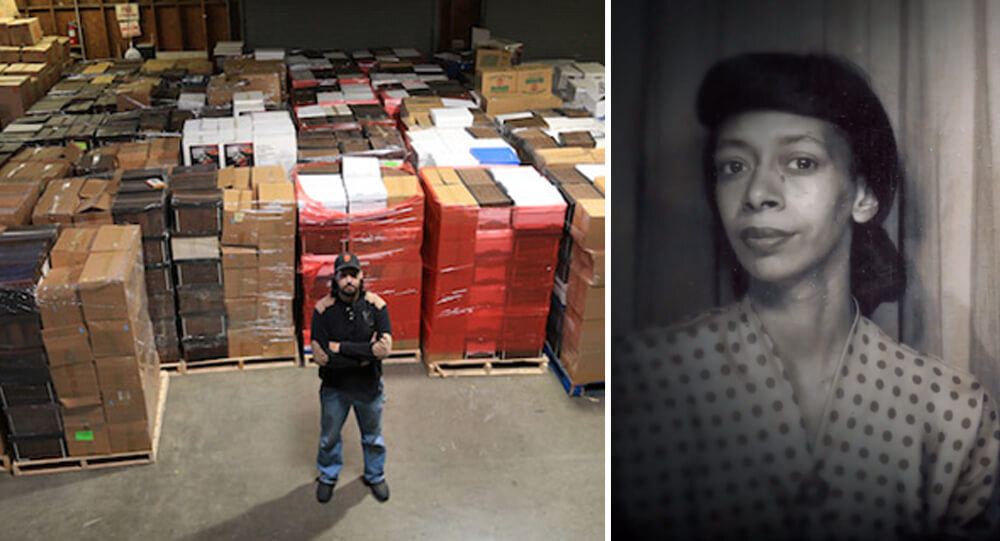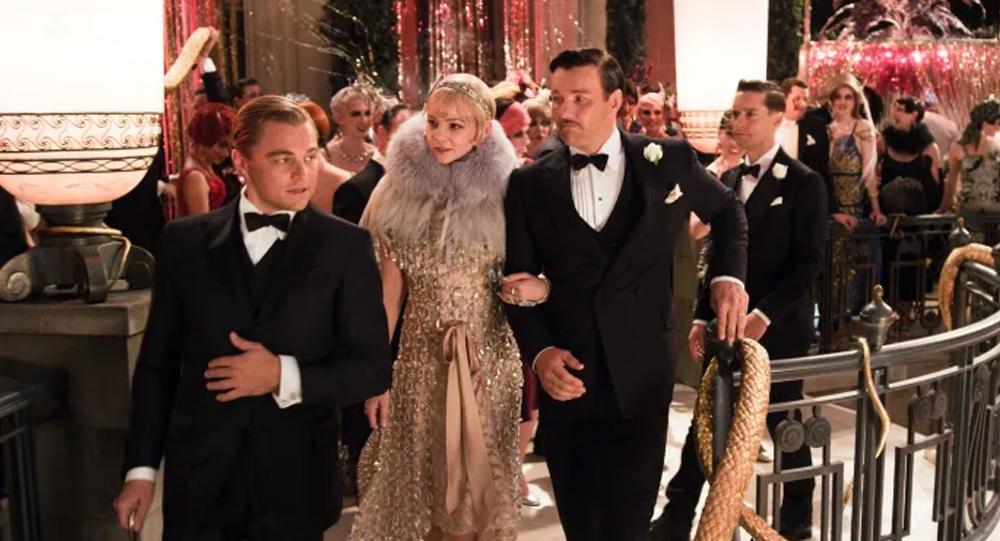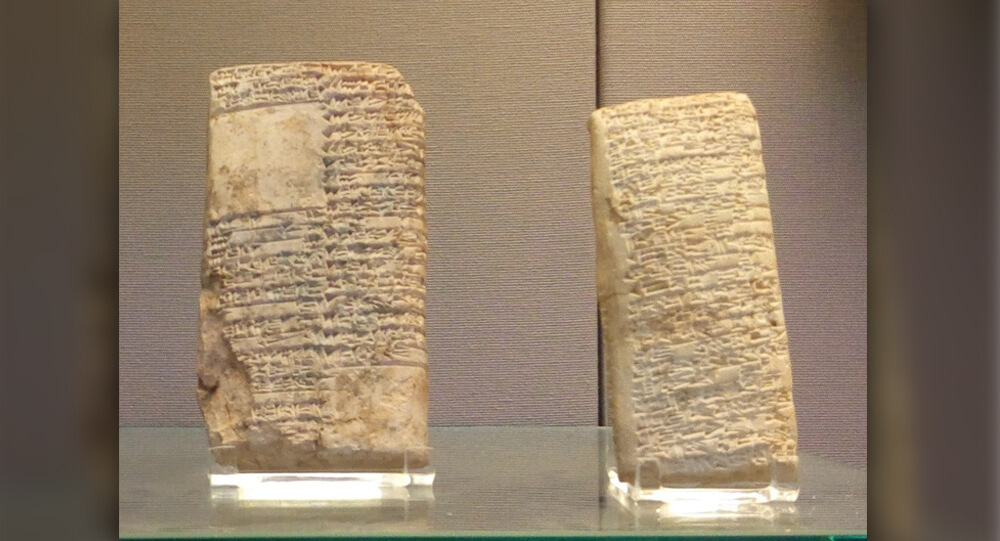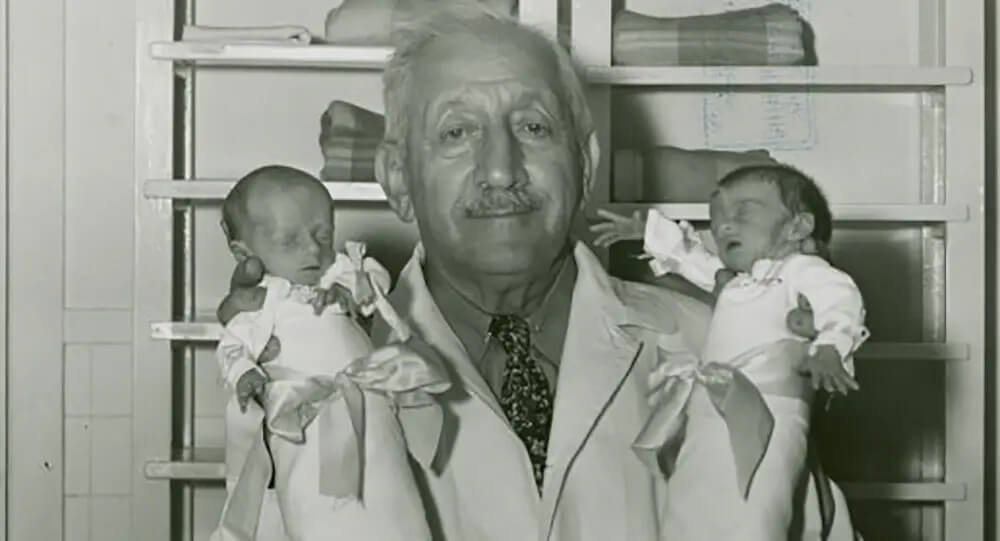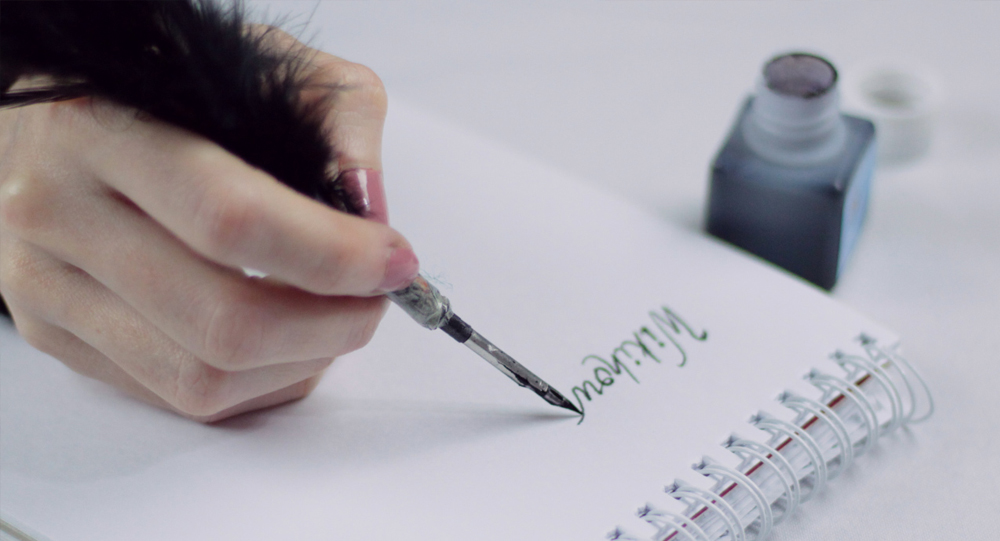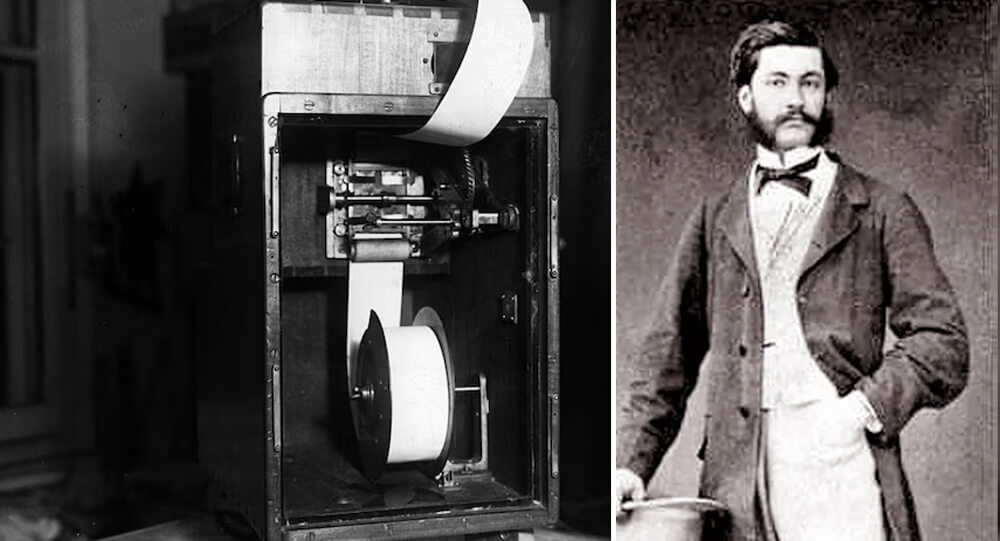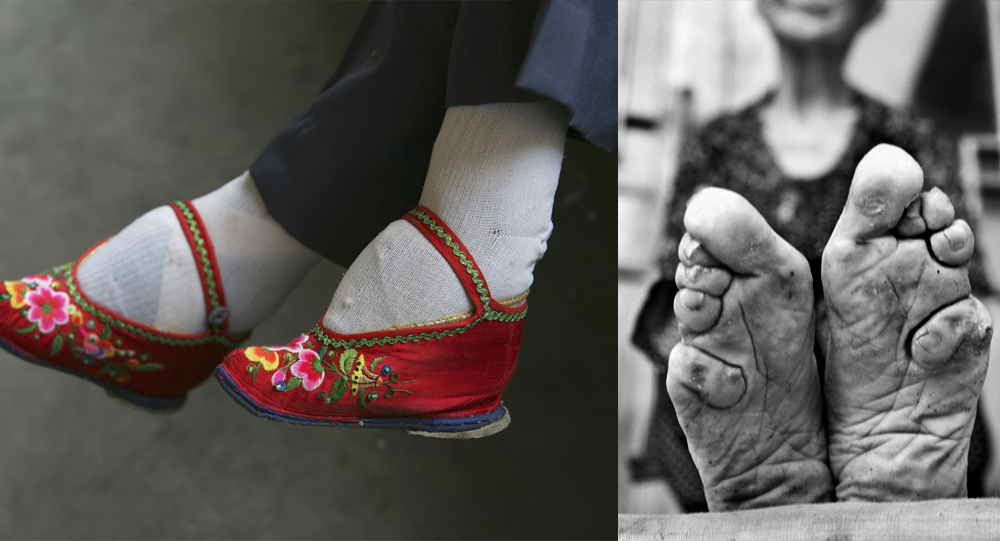
Penicillin’s history, the first antibiotic to successfully treat patients with serious infectious diseases, has a fortunate beginning. British scientist Alexander Fleming discovered in 1928 that mold had stopped bacteria from growing in his lab. However, the story’s main conflict centers on an Australian scientist who was born this year, one hundred years ago, rediscovering penicillin ten years later. The methodical, meticulous work of Howard Florey and his committed team turned penicillin from a fascinating observation into a life-saving discovery.
In the past, Emma Burkervisc served as the tea lady at the John Curtin School of Medical Research at the Australian National University (Howard Florey later in life played a significant role in the establishment of the School and University). Imagine how Emma felt when she ran into Florey in the hallways of the office where she worked many years after penicillin had saved her life in a German refugee camp during World War II. Consider your reaction if you met someone who saved your life and consider the global impact Florey and his team have had.
Breaking the Mould
At Oxford University in Britain in the 1930s, when working on scientific discoveries as a group was hardly ever common, Florey assembled a team of scientists. Nowadays, scientists collaborate frequently, but Florey saw that science had progressed to the point where a team of experts was required because the task was too big for one person.
His team started a thorough investigation into the characteristics of antibacterial compounds made by mold. When Ernst Chain, one of the team members, was flipping through a medical journal and came across an article about Alexander Fleming’s work, they started researching penicillin.
The group’s members focused on the topics about which they knew the most, but they frequently got together to share ideas. Together with Edward Abraham, Chain purified penicillin. Using bedpans and ether, Norman Heatley devised improvised extraction techniques for penicillin (see “penicillin production” below). A. D. Gardner and Jena Orr-Ewing investigated the interactions of penicillin with various microbes. Together with Margaret Jennings, Howard Florey examined how penicillin affected animals. Later, Ethel Florey collaborated with her husband on penicillin clinical trials.

They carried out one of the most significant medical experiments in history in May 1940. Florey’s team tested penicillin on eight mice that had been given lethal doses of streptococci bacteria on Saturday, May 25, due to the urgency of the work that required them to start the experiment over the weekend. Penicillin was administered to four of the mice, while four were used as controls. The treated mice had recovered the following day, while the untreated mice had passed away. The lives of eight mice in the early days of World War II may seem insignificant. However, the treatment of Allied soldiers with penicillin began as early as D-Day, in June 1944, and is likely what turned the tide of the war.
The First Patient
The outcomes were so fascinating that Florey realized it was time to test the medication on people. The initial patient had been stung by a rose thorn in 1941. The entire face, eyes, and scalp of Albert Alexander had swollen. Even his remaining eye had to be lanced to relieve the pain of the swelling after he had already had an eye removed and abscesses cleaned out. After receiving penicillin, he started to feel better within a day. However, Florey’s team lacked enough of the medication to ensure the patient’s full recovery. They attempted to reuse the penicillin by removing it from his urine, but they were unsuccessful, and he tragically relapsed and passed away. Because of the awful experience, the team then concentrated their efforts on sick children, who did not require such large quantities.
For the purpose of researching the effects of penicillin on wounded soldiers, Florey traveled to North Africa in 1943. His hardships were regarded as a miracle. He recommended that soldiers’ wounds be cleaned and stitched up, and then that the patients be given penicillin, rather than amputating injured limbs or just letting them heal on their own. By the end of World War II, the drug was available to treat Allied soldiers thanks to Florey and his team, and it has since revolutionized medical science and saved millions of lives.
Before Penicillin
How many times have you unintentionally poked your finger with a sewing needle or a rose thorn? Nowadays, you would be treated almost immediately if the wound became infected. However, you could have been in serious trouble prior the discovery of Penicillin. Like cancer today, infections were feared back then. Your glands would swell up, and lancing would be necessary to drain the pus. Your arm might even need to be amputated by a surgeon in an effort to save your life. Before Howard Florey discovered penicillin, many infectious diseases lived in this nightmare.

Setting the Stage for Penicillin
Molds and fermented substances had been used to treat various skin infections three thousand years before penicillin, though their actual mechanisms of action were unknown. But the first scientific investigations into antibiotics didn’t start until the late 1800s. Louis Pasteur, a French chemist, noticed that anthrax (an infectious disease spread from animals to humans) was inhibited by mold after learning that infectious diseases are spread by bacteria. Joseph Lister, a British surgeon, observed that urine samples contaminated with mold prevented bacteria from growing, but he was unable to pinpoint the substance in the mould. French medical student Ernest Duchesne successfully tested a substance from mould that inhibited bacterial growth in animals, but died at an early age in 1912, never seeing the world’s acceptance and use of his important discovery.
A tear from Alexander Fleming’s eye fell into a culture plate while he was working with bacteria after World War I. Later, he discovered that lysozyme, a substance in his tear, killed the bacteria while being safe for the body’s white blood cells. Years later, while studying the flu, a related coincidence happened to Fleming. While he was away, a piece of mould that contained bacteria fell into a discarded culture plate and formed a clear patch. When he came back, he recognized this pattern from his prior lysozyme experience. He came to the conclusion that the mold was generating an antibiotic substance and gave penicillin, the antibiotic’s name, to the Penicillium mold that was generating it.
His finding was an incredible stroke of good fortune. Penicillin might not have been discovered as an antibiotic if Fleming hadn’t left a petri dish of bacteria on his bench when he went on vacation, if he had properly cleaned the dish, if the weather had been different from the ideal conditions for bacteria and mould growth in the laboratory, and especially if Fleming hadn’t had the experience to recognize the significance of the observation.
However, Fleming was unable to extract the substance that kills bacteria, so he was unable to test it as a treatment for widespread infections. He left to pursue other research, leaving Howard Florey and his group to lay the foundation for penicillin’s use as a lifesaving drug more than a decade later.
Fabulous Fungus
The first naturally occurring antibiotic discovered was penicillin; protosil, the first drug used to treat some infectious diseases, was found in 1933 but had negative side effects. Antibiotics, which are substances that battle bacteria, fungi, and other microbes harmful to humans, now the amount over 60. The word “antibiotic” means “against life.”
An antibiotic is a medication made by microbes, such as the molecule penicillin. Penicillium molds provide penicillin in a variety of forms. The most popular form of penicillin, penicillin G, was used by Duchesne in 1896, Fleming in 1928, and Florey in 1939 to kill bacteria.
When bacteria reproduce, they divide into two new cells. Before the DNA chromosome is copied, they enlarge to roughly twice their original size. A cell wall develops in between the two new chromosomes as they move apart. However, the new cell wall won’t be able to form if penicillin is present. It only prevents the formation of new cell walls in bacteria; for more information, see balloon bacteria. As a result, the bacteria cannot multiply and the disease cannot spread.
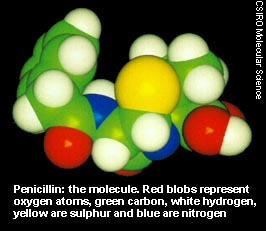
Natural penicillin is given intravenously because, if swallowed, stomach acids would degrade the medication before it could enter the bloodstream. Nowadays, one dose of penicillin is equivalent to the total amount used by Florey’s team during all of their clinical trials! Penicillin allergies affect about one in ten people, with symptoms that can range from minor skin rashes to serious breathing problems. There are now alternative antibiotics that can be used if you are allergic to penicillin.
So Who Was Howard Florey?

Due to his wife’s failing health, Florey’s father moved from England to Adelaide where he ran a shoe store. He wed Bertha after she passed away from tuberculosis; the couple had two daughters before Howard was born.
Howard excelled in sports and did exceptionally well on his schoolwork. His high school chemistry teacher motivated him to enroll in the University of Adelaide’s medical program. He met fellow medical student Ethel here. He was accepted to Oxford University at the end of 1921 after receiving the South Australian Rhodes Scholarship (a prize given for outstanding leadership and tenacity in academics and sport). Before Ethel moved to England to wed Howard in 1926, they wrote to one another for a few years. She had an unhappy marriage, which was influenced by both his intolerance and her ill health and hearing. She passed away in 1966. One year before his heart attack-related death at age 69, Howard wed Margaret Jennings, a significant member of the penicillin team, once more in 1967.
With Fleming and Chain, he shared the 1945 Nobel Prize for Physiology or Medicine for his leadership of the scientific team that discovered and developed penicillin. He was the first Australian elected to the prestigious position of President of the Royal Society in 1960, where he was known as “the Bushranger President,” and was decorated by the UK, France, Australia, and the US for his impact on the outcome of World War II. He was knighted in 1944. In 1965, he was created Baron Florey of Adelaide, and the following year, he agreed to become Chancellor of the Australian National University.
Brilliant But Humble
He said, “All we did was to do some experiments and have the luck to hit on a substance with astonishing properties.” Florey was quiet about his accomplishments, describing them in a 1967 interview as a “terrible amount of luck” that “involved many others.” His enthusiasm for science, his talent, and his complete honesty and lack of pretense inspired those around him.
Florey understood how his drug affected population growth. Perhaps to counter this effect, contraception research was a lifelong interest and he was a vocal proponent for population control. He said in 1967, “I’m now accused of being partly responsible for the population explosion… one of the most devastating things that the world has got to face for the rest of this century.”
He stayed away from the press when penicillin’s success was discovered because he detested doing interviews and didn’t want to spur an excessive demand for the drug’s limited supply. His dislike of publicity may be the reason why Howard Florey’s crucial contribution to the penicillin story is still largely unknown throughout the world, despite the fact that a suburb of Canberra bears his name and his likeness appeared on the old $50 note. Let’s hope the real story comes out on the anniversary of his birth.

Albert Einstein’s brain after it was stolen from his body
Albert Einstein's brain was taken by the opportunistic pathologist who performed his autopsy hours after he died and kept in two jars for 30 years. The stolen brain of Albert Einstein was preserved in a cookie jar for 30 years until being discovered by a journalist.

Will & William Wests: The puzzling situation of two inmates who are identical but not related
These are the mugshots of Will West and William West, and they are not related. They were both sent to Leavenworth Prison at the same time, in 1903, and after some confusion, the staff understood they had two different prisoners with the nearly same name, who looked exactly alike. They are part of the reason fingerprints are now used as identification.

Tunnels Dug by ancient giant sloths, A South American Megafauna
For years, scientists didn’t know what caused mysterious cave networks in South America. In 2010, they learned that the caves were actually tunnels dug by ancient giant sloths

Remembering the miracles of the 1985 Mexico earthquake (unbelievable stories)
In 1985, after an 8.0 magnitude earthquake hit Mexico City, nearly all newborn babies survived a collapsed hospital. They are known as “Miracle Babies” for surviving 7 days without nourishment, water, warmth or human contact.

story of the youngest mother in the world at age of five - Lina Medina
Lina Medina, a five-year-old Peruvian girl, became the youngest mother in history in 1939 when she gave birth to a boy.

What exactly was the US's 'Ghost Army' during WWII?
During WW2, there was a special unit of men dubbed the ‘Ghost Army’. The unit was made of artists, creative and engineers and their job was to create deception about the enemy. From inflatable tanks to phony convoys to scripted conversations in bars intended to spread disinformation, they used all possible tricks to fool the enemy.

Poto And Cabengo: The Secret Language Of Twins
Poto and Cabengo, as the two girls called each other, communicated in their own language. The twins were ignored by their parents and secluded from the outside world because their father felt they were developmentally retarded, and their unique language evolved as a result of that neglect.

What Was the Beast of Gévaudan?
Between 1764 and 1767, a mysterious animal called the Beast of Gévaudan terrorized the French village called Gévaudan. It attacked and killed about 100 adults and children. While most believe it was a wolf, some say it may have been a wolf-dog hybrid, hyena or even a lion, but without any genetic evidence, the beast will remain a mystery forever.

Ancient Egyptians Had Pregnancy Tests Over 3500 Years Ago
The ancient Egyptians used a pregnancy test that involved potentially pregnant women peeing on barley and wheat seeds. Plant growth indicated pregnancy: barley for a boy and wheat for a girl. Later tests revealed that pregnant women's urine causes plant growth 70% of the time, whereas non-pregnant women's urine does not.

Inside The Mysterious Death Of The Famed Gothic Writer Edgar Allan Poe
Hours before his death Edgar Allen Poe was found on the streets of Baltimore. He was incoherent, wearing another man’s clothes, and unable to explain how he got there. The cause of his death is an unsolved mystery.

The 440-pound bear named Wojtek and his World War II battle against the Nazis
Polish troops raised an orphaned bear cub during WWII. He enjoyed drinking beer, and was trained to salute. He became officially enlisted as a member of the forces, and helped carry artillery during battle.

Top 10 most cruel medical procedures that are being used today
We are all aware that medicine has advanced dramatically over the last fifty years. There are several modern medical approaches available today, but this was not always the case. However, the past of medicine is a dark one. Medical leeches, lobotomy, vascular surgery, cranial stenosis, and even electroshock therapy are all options. These are only a couple of the cruel healing techniques that are still in use today.

Marion Stokes recorded 30 years of television
Marion Stokes, a Philadelphia woman began taping whatever was on television in 1979 and didn’t stop until her death in 2012. The 71,000 VHS and Betamax tapes she made are the most complete collection preserving this era of TV. They are being digitized by the Internet Archive.

History of Treadmill, punishment for prisoners
Treadmills were originally a punishment used to harness human power on a giant wheel used to grind grains, hence the name "treadmill." The History of Treadmill

From Flapper to Fashion Week: How 1920s Style Still Shapes Modern Trends
The roaring 1920s revolutionized fashion, introducing bold styles, daring cuts, and a spirit of freedom that still inspires today’s wardrobes. From flapper dresses to statement accessories, here’s how the Jazz Age lives on in modern fashion.

3 men lived on top of a billboard in tents for almost 9 months
From 1982-1983, three men in Allentown PA competed in a radio contest in which they lived on top of a billboard in tents. Whoever stayed up longest would win a house. Due to economic pressure from the recession, none of the contestants wanted to give up, so the contest lasted almost 9 months.

Ea-Nasir: world's oldest written customer complaint
This clay tablet, written in cuneiform, is the oldest known written customer complaint about the delivery of poor quality copper ingots. Originally from ancient Babylon, the tablet dates back to 1750 BCE, and it was written by a customer named Nanni to a merchant named Ea-Nasir. It is currently housed in the British Museum.

How European Rabbits Took over Australia
In 1859, wealthy settler Thomas Austin released 13 wild rabbits on his Australian estate. By 1920, their population grew to 10 billion.

Martin Couney, Saved Thousands of Premature Babies Wasn’t a Doctor at All
Martin Couney never qualified as a medical doctor. However, in the 1900s, he saved thousands of premature babies by exhibiting them in incubators at his Coney Island sideshow. Over the course of his career, he is said to have saved about 6,500 babies that had previously been written off by mainstream medicine.

Why the Word ‘Pen’ Comes from the Latin ‘Penna’ Meaning Feather
The humble word “pen” carries a rich history rooted in ancient times, derived from the Latin word penna, meaning “feather.” Long before modern pens revolutionized writing, feather quills—especially from geese—were the essential tools of scribes, scholars, and artists. This article journeys through the origins of the pen, its evolution, and fascinating trivia about the timeless connection between feathers and writing.

The Forgotten Story of Semipalatinsk and the Soviet Nuclear Experiments
Between 1949 and 1989, the Semipalatinsk Test Site in Kazakhstan became the primary location for Soviet nuclear weapons tests, exposing millions of unsuspecting villagers to radioactive fallout. Known as the “Polygon of Suffering,” this remote desert witnessed 456 nuclear detonations that caused widespread health crises, birth defects, and generational genetic damage. This article narrates the chilling legacy of Semipalatinsk, unveiling the human cost of Cold War arms development and the ongoing struggle for healing and recognition in Kazakhstan.

Louis Le Prince Invented the motion picture camera, and then he mysteriously disappeared
Louis Le Prince, the inventor of motion pictures, vanished without a trace in 1890. Thomas Edison quickly claimed the title of "first and sole inventor of cinema," even taking Le Prince's son to court to dispute it. A few years later, the son also dies under mysterious circumstances.

Terry Fox, a 21-year-old one-legged cancer patient who ran 143 days before dying
Terry Fox was a 21-year-old one-legged cancer patient who ran 3,339 miles across Canada in 143 days before dying.

Inside China’s Footbinding Tradition: The Painful Ritual of Lotus Shoes and Bound Feet
In China, Lotus shoes were used to bind women's feet to keep their feet small

Max Headroom Incident: America’s Creepiest TV Hack
In 1987 a man hijacked a television station during an episode of Dr. Who and wore a Max Headroom mask and uttered nonsense, and he still hasn’t been caught

